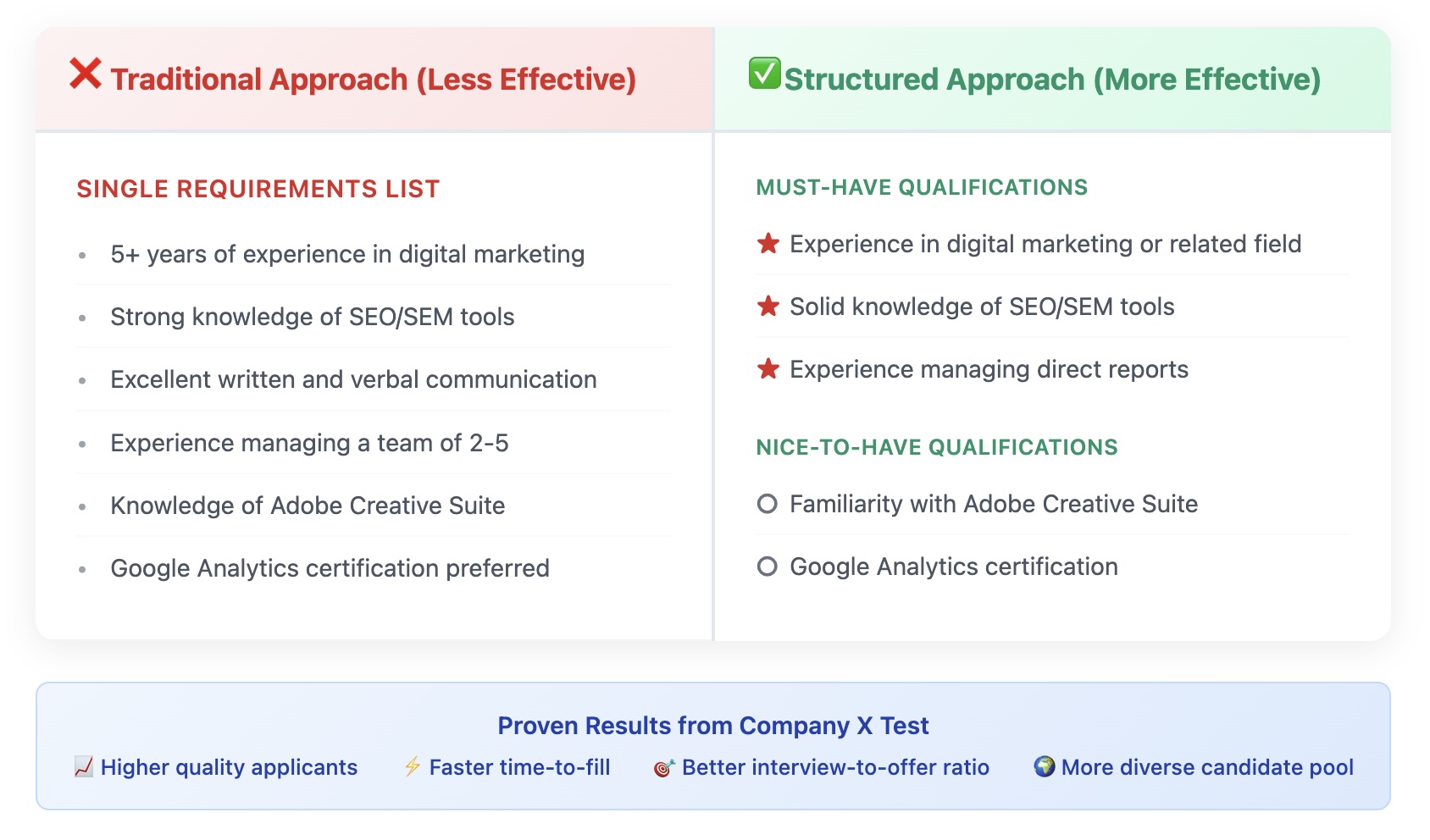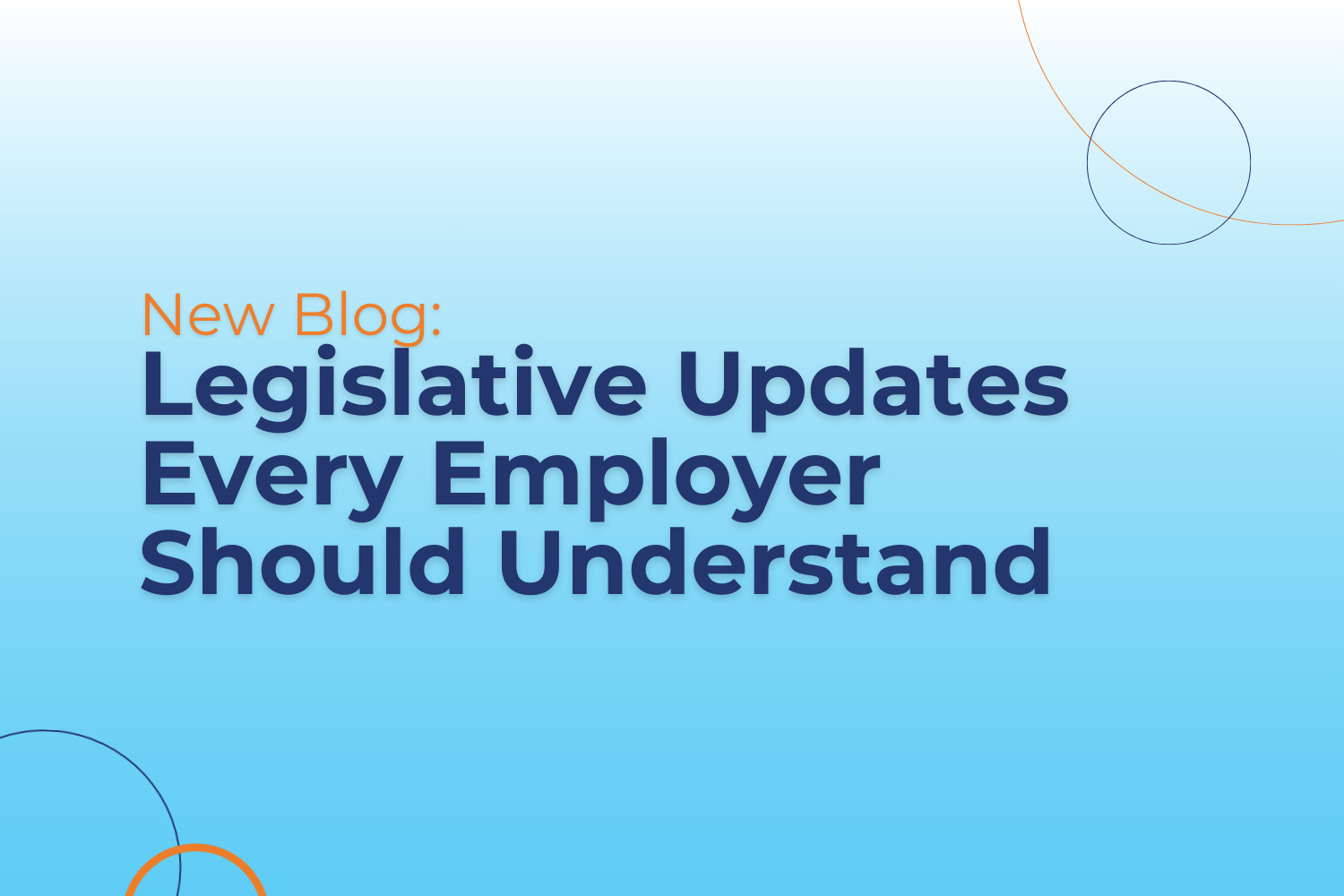In the world of talent management, 360-degree feedback is a proven pivotal tool for fostering growth and enhancing performance. This article aims to discuss the distinctions between 360-degree feedback for development and 360 feedback for performance, and how each can be leveraged to benefit individuals and organizations alike.
What is Development 360 Feedback?
Development 360 feedback is a process designed solely for the individual’s personal growth. The results of Development 360 feedback are not tied to performance ratings or compensation. Individuals receive feedback from a variety of sources, but they are typically not required to share their results with anyone, though they are encouraged to do so. This type of feedback is often implemented in cohorts as part of Learning & Development (L&D) or talent management efforts, such as executive development or high-potential programs.
What is Performance 360 Feedback?
Performance 360 feedback, on the other hand, integrates feedback into performance ratings and compensation decisions. This approach is perceived as more fair and equitable than traditional performance evaluations because it includes perceptions from multiple sources, rather than relying solely on a manager’s evaluation. Organizations typically use Performance 360 feedback to enhance their performance evaluation programs, broadening the information used in performance ratings and decisions.
Key Differences Between Development and Performance 360 Feedback
The primary difference between these two types of feedback lies in their purpose and application:
- Development 360 feedback focuses on personal growth and self-awareness, providing a safe space for individuals to reflect on their behavior and its impact.
- Performance 360 feedback, however, is directly tied to performance evaluations and compensation, aiming to create a more comprehensive and fair assessment of an individual’s performance.
The Benefits
Benefits of Development 360 Feedback
- Increases self-awareness: Individuals gain insights into how they are perceived by others, which can be a powerful catalyst for personal growth.
- Encourages reflection: It prompts individuals to ask themselves critical questions about the experience they are creating and whether it aligns with their desired outcomes.
- Safe space for growth: Without the pressure of performance ratings, individuals can focus on genuine self-improvement.
Benefits of Performance 360 Feedback
- Enhances fairness: By including multiple perspectives, Performance 360 feedback reduces the bias inherent in single-source evaluations.
- Engages participants: Allowing individuals to have a say in who provides feedback can increase their engagement and buy-in.
- Comprehensive evaluations: It provides a more rounded view of an individual’s performance, incorporating diverse viewpoints.
The Importance of Designing the Right Assessment
Designing the right assessment is crucial for the success of any 360 feedback process. The assessment should reflect the competencies and behaviors relevant to the individual’s role and align with the organization’s values and strategic objectives.
Here are some key considerations:
- Relevance: Ensure that the questions are relevant to the individual’s role and responsibilities. Irrelevant questions can lead to confusion and unhelpful feedback.
- Clarity: Questions should be clear and easy to understand. Vague or overly complex questions can result in ambiguous feedback that is difficult to act upon.
- Actionability: The feedback should be actionable, providing specific insights that individuals can use to improve their performance and development.
- Anonymity: Maintaining the anonymity of respondents can encourage honest and candid feedback, which is essential for the effectiveness of the process.
Challenges of Development 360 Feedback
- Receiving feedback: Structured feedback can be difficult to process; a coaching session is highly recommended to help individuals understand and act on the feedback they receive.
Challenges of Performance 360 Feedback
- Rater selection bias: Participants might choose only positive raters; consider having managers approve the final rater list to ensure a balanced perspective.
- Rater fatigue: If the entire organization is rated simultaneously, it can lead to rater fatigue. Shorter feedback forms can help mitigate this issue.
Pick the One that Best Suits Your Needs
Both Development and Performance 360 feedback have their unique advantages and challenges. HR professionals should carefully consider their organizational needs and goals when choosing which type of feedback to implement. By understanding the differences and benefits of each, and by designing the right assessment, organizations can create a more effective and fair feedback process that supports both individual growth and performance improvement.











